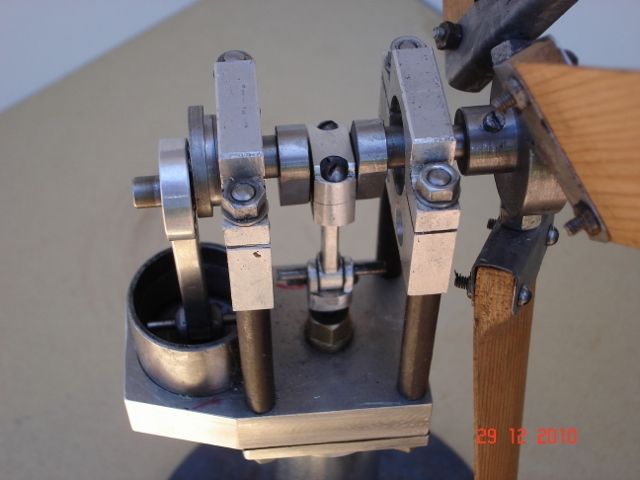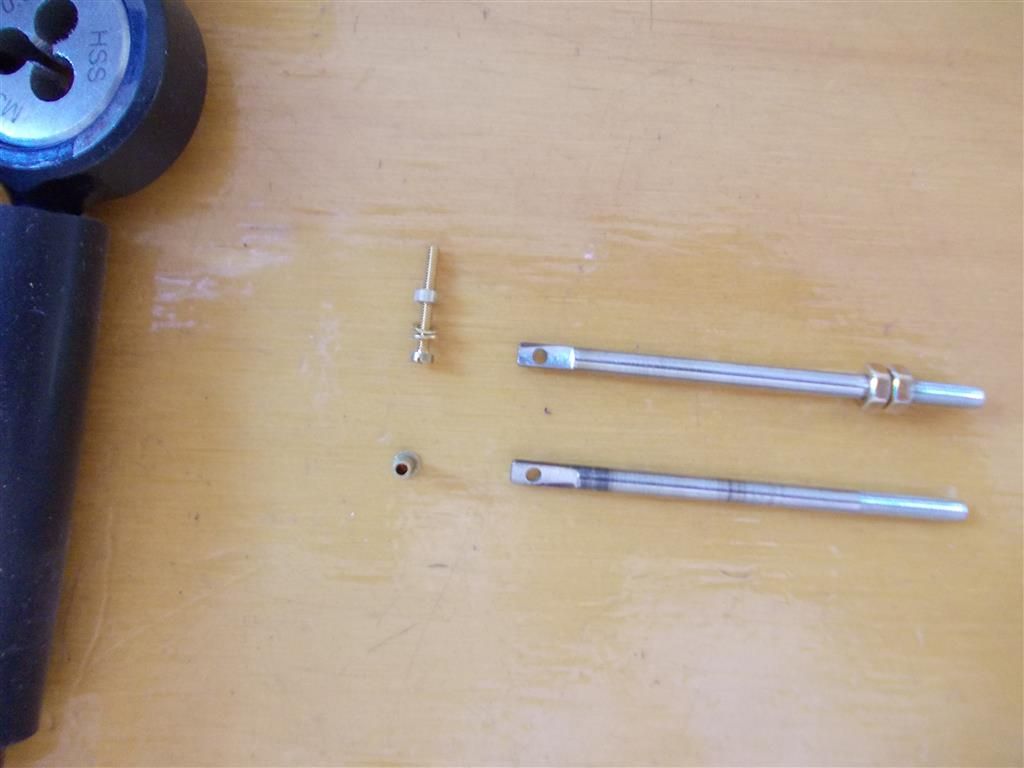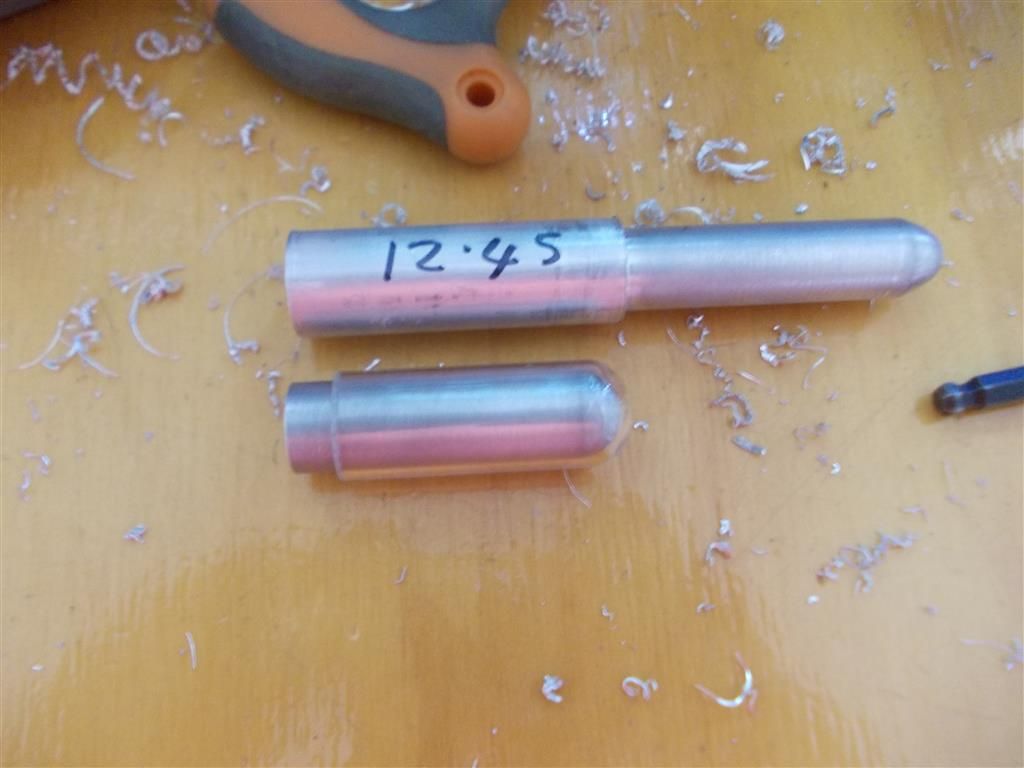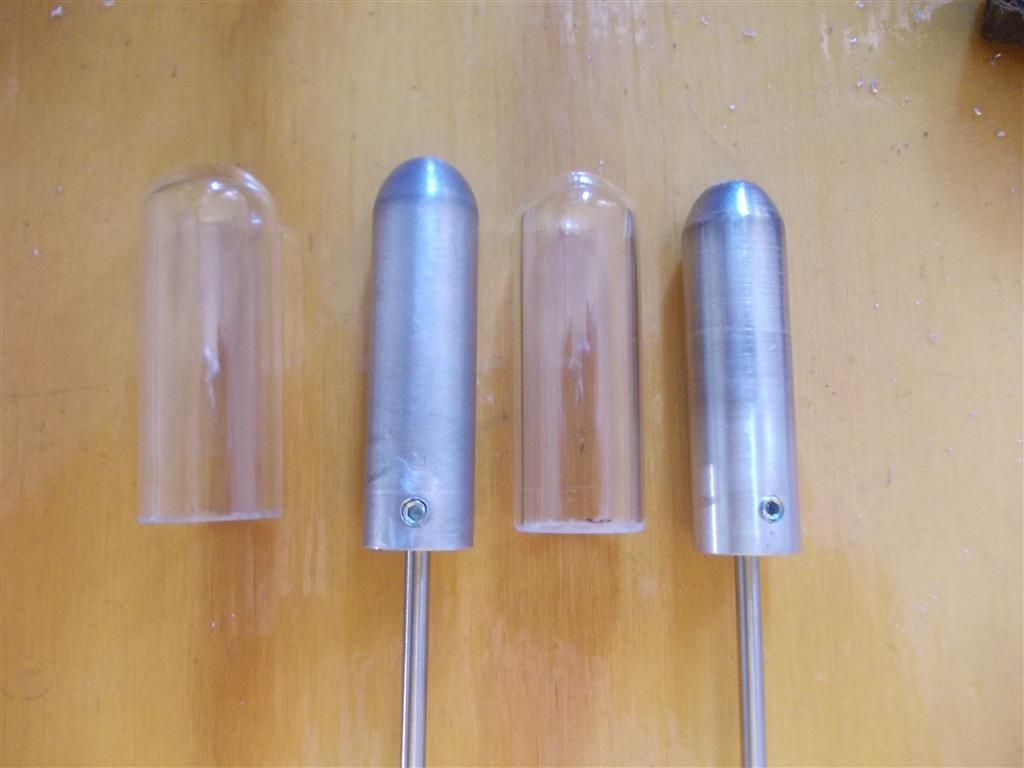As this started life as a kit they may well have provided a suitable grade of aluminium so was that any different when it was machined compared with what you have bought.
The usual problem with machining it is melting and sticking to the tool. Also the fact that it's rather abrasive – aluminium oxide forms on fresh surfaces virtually immediately causing other problems. This boils down to the need to polish HSS tool surfaces with a slip stone. Given a suitable speed that should work out well. If it still melts and sticks slow things down.
It often doesn't take well to the use of abrasive cloths of one sort or another. 3in 1 oil or any old cycle oil helps
Drilling has similar problems but rather than messing with a decent sharp drill it just takes practice. Not too fast and a higher feed rate than some one might use on say mild steel. The drill has to keep cutting and mustn't rub. There will still be a need to flick swarf out of the flutes with something sharp – say a scriber but it shouldn't stick but will if people get it wrong.
Can't understand why some one should have trouble tapping it. Hand soap makes a decent lubricant. One problem might be not applying the right amount of pressure. Taps don't pull themselves in – they can but results are likely to be poor. Same with dies.
Going back to earlier suggestions about indexed tipped tools that was probably ignored this type removes the need for polishing hss and works well on other materials as well.
**LINK**
These will fit the el chepo 10mm indexed tip holders sets. I think they supply this size of tip on the smaller ones as well. They are micro polished because aluminium does tend to wear coatings off. There are several similar tips available. Also different shapes.
John
–
Edited By Ajohnw on 07/01/2016 09:47:58
Gordon Tarling.










